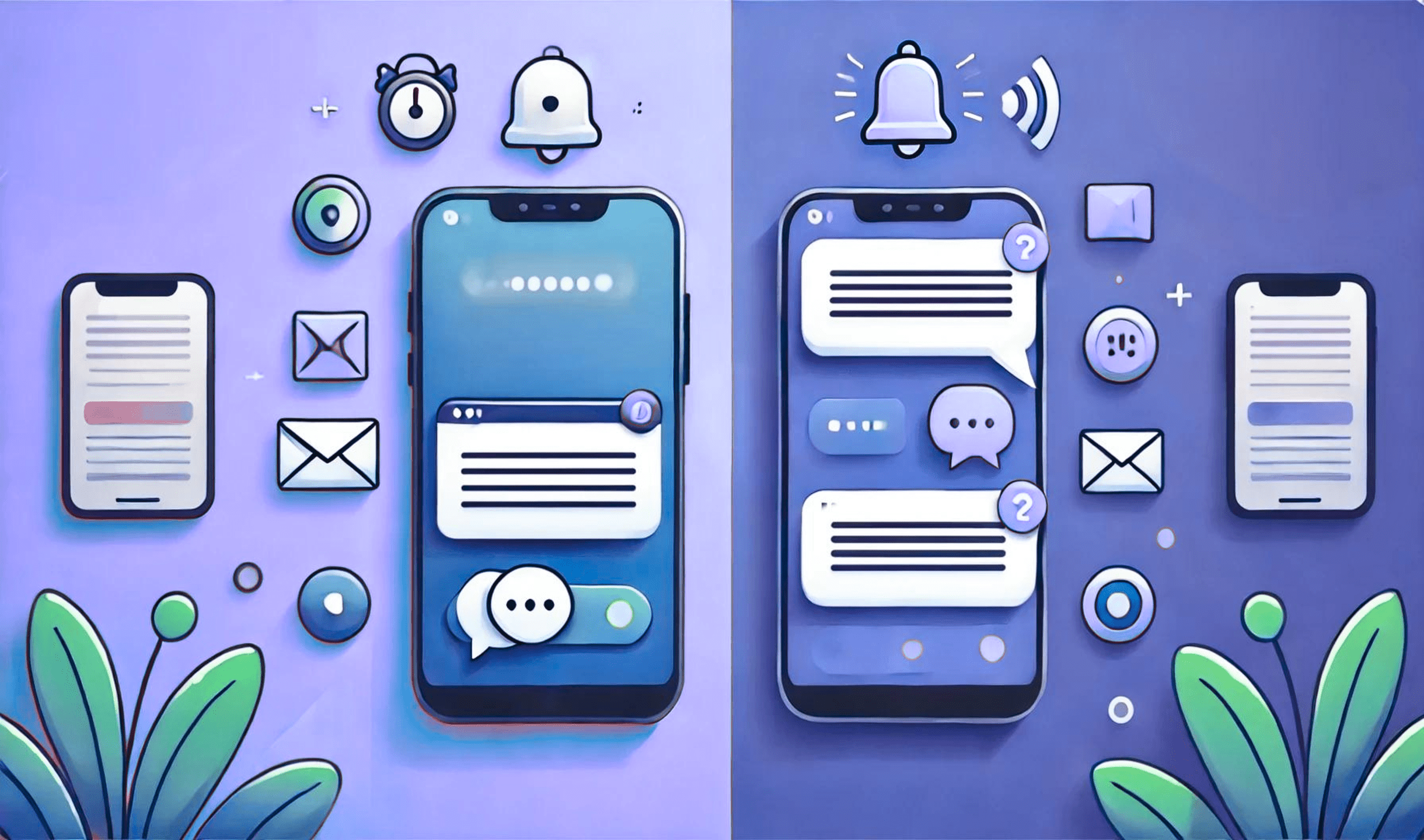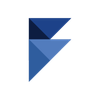In-App Messages vs. Push Notifications: Which Tool Drives Better Engagement?

Grabbing and keeping user attention is crucial for marketers who want to use cross-channel messaging to improve the performance of their campaigns. Two strategies are commonly used: in-app messages and mobile push notifications. While both serve unique purposes, they are often misunderstood due to their overlapping functionalities.
Today's article breaks down their differences, advantages, and limitations to help you design a mobile engagement strategy that truly connects with your audience. Keep reading to learn more!
✅In-app messages boost engagement within the app, while push notifications re-engage users outside the app.
✅Both tools require careful personalization, timing, and relevance to maximize effectiveness.
✅Integrating these tools enhances customer lifecycle engagement, driving retention and conversions.
What Are In-App Messages?
In-app messages are notifications displayed within the app while users actively engage with it. They can take the form of banners, pop-ups, or full-screen messages and often serve to guide users, highlight features, or promote special offers. These messages are particularly effective for fostering retention strategies by creating seamless, contextual experiences.
Advantages
- High Engagement: Users receive these messages while actively using the app, leading to significantly higher interaction rates.
- Enhanced User Experience: Personalized and relevant messages can make app interactions more enjoyable and productive.
Limitations
- Limited Reach: They only target active users, leaving dormant users untouched.
- Risk of Fatigue: Overuse can lead to user annoyance or disengagement.
Best Practices for In-App Messages
- Personalization: Tailor messages based on user behavior, preferences, or past interactions. For instance, recommend a feature a user hasn’t tried yet.
- Timing: Deliver messages during moments of high relevance, such as after completing a task or during onboarding.
- Relevance: Align messages with the user’s current goals or activities to avoid disruptions.
Modern in-app marketing tools enable marketers to automate, schedule, and analyze these messages effectively, ensuring maximum impact.
What Are Mobile Push Notifications?
Mobile push notifications are messages sent to a user’s device, regardless of app activity. Appearing on lock screens or as banner alerts, they are ideal for re-engaging users, delivering updates, or sharing time-sensitive information.
Advantages
- Wide Reach: These notifications engage users even when the app is not open, making them ideal for bringing back dormant users.
- Personalization: With data-driven targeting, push notifications can be highly relevant and actionable.
Limitations
- Opt-In Required: Only users who grant permissions receive these messages.
- Potential Intrusiveness: Poorly timed or irrelevant notifications can result in users disabling them altogether.
Best Practices for Push Notifications
- Permission-Based Engagement: Clearly explain the value of opting in to push notifications.
- Hyper-Personalization: Use behavioral data to craft notifications tailored to individual users. For instance, send a discount notification when a user abandons their cart.
- Strategic Timing: Avoid peak hours or inappropriate times to ensure your messages don’t disrupt users.
Push notifications are an essential component of a mobile engagement strategy, especially when used alongside in-app messages.
Key Differences Between In-App Messages and Push Notifications
Understanding the key differences between in-app messages and push notifications is crucial for effective marketing. Here's a quick comparison:
Reach
- In-App Messages: Only reach users who are actively using the app.
- Push Notifications: Can reach users regardless of their app usage.
Engagement
- In-App Messages: Typically, higher engagement rates since users are already engaged with the app.
- Push Notifications: Can re-engage dormant users, but need to be relevant to avoid being ignored
User Experience
- In-App Messages: Enhance the user experience by providing contextual information.
- Push Notifications: Can disrupt the user experience if not used wisely.
Combining Strategies for Maximum Impact
For optimal results, integrate in-app messages and push notifications into a cohesive customer lifecycle engagement strategy. Here’s how:
- Segment Your Audience: Use behavioral data to identify which users are more likely to respond to in-app messages versus push notifications.
- Create Consistency: Maintain a uniform tone and style across both tools to ensure a seamless user experience.
- Track Performance: Leverage analytics to monitor the effectiveness of your campaigns, from open rates to conversions.
Example: A food delivery app might use push notifications to alert users about a time-sensitive discount and follow up with an in-app message to guide them through placing an order.
Troubleshooting Common Pitfalls
Even with best practices, challenges can arise. Here are solutions to common issues:
- Notification Fatigue: Limit the frequency of notifications to avoid overwhelming users.
- Low Opt-In Rates: Clearly communicate the benefits of opting in for notifications during onboarding.
- Irrelevance: Regularly update user segmentation data to ensure content remains meaningful and personalized.
Final Thoughts
Leveraging the right tools to engage your mobile audience is essential. By understanding the unique strengths and limitations of in-app messages and push notifications, you can design a strategy that supports both user satisfaction and business growth.
At FlareLane, we empower marketers with advanced marketing automation tools for in-app messaging, push notifications, and more. Our service is designed to deliver hyper-personalized experiences, enabling businesses to maximize engagement at every stage of the customer journey.
Want to learn more about push notifications and in-app messages? Click the links below!
👉Read more: How to Improve Conversion Rate With In-App Messages
👉Read more: How to Boost In-App Purchases Using In-App Messages


